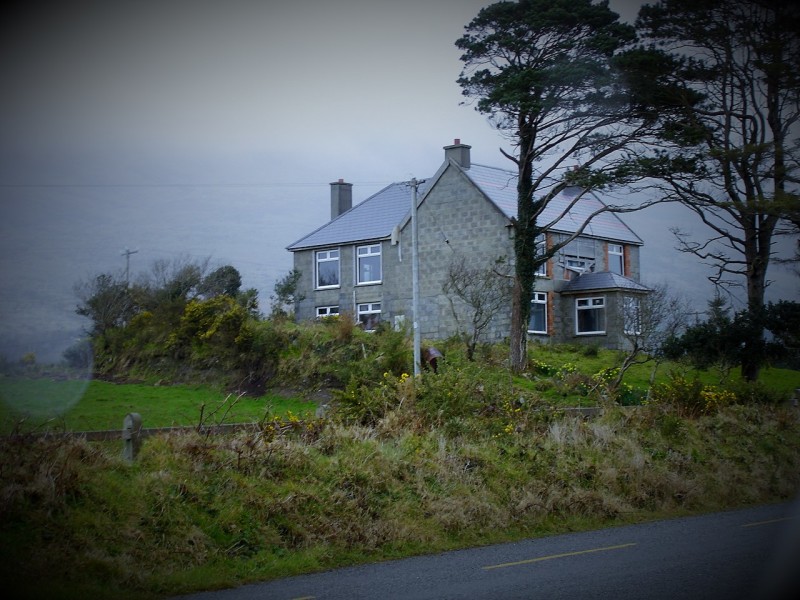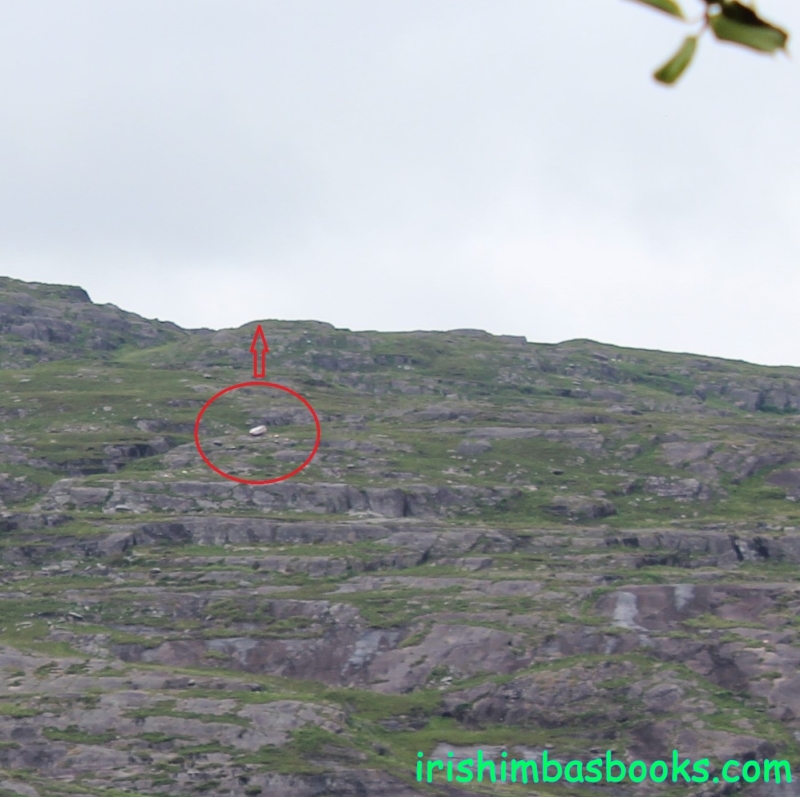
 Catching up with comments on the brilliant Goodreads Ireland community the other day, I came across a fascinating thread on ‘Magic Realism’ that I’d missed while away. Somehow, while writing a response I got carried away with an example of a haunted house story from my own childhood. See below:
Catching up with comments on the brilliant Goodreads Ireland community the other day, I came across a fascinating thread on ‘Magic Realism’ that I’d missed while away. Somehow, while writing a response I got carried away with an example of a haunted house story from my own childhood. See below:
Haunted House in West Cork
It seems that when I return home, certain slivers of reality – or perhaps perceptions of reality – tend to differ from what I see outside the country. Any time I’m down in Beara, for example, we invariably get to talking about the ‘hunted house’ down the road from where we were based.
This particular haunted house was haunted even back in my Da’s time. He had plenty of stories about how he ran pass it, terrified, as a kid. The building itself was a pretty interesting place in that it was set in an isolated spot, hidden away from the road by an extremely thick, overgrown hedge. As a kid, I was driven past or cycled past as well and, occasionally, we’d look in out of curiosity although we’d never dare to venture beyond the gate. The truth was, it’s was a bleak and foreboding looking ruin. Quite a big house for it’s day as well and odd in that it’s been deserted for the whole of my lifetime (and my Da’s).
When I brought my own kids home from NZ on holiday, I’d also bring them past the old haunted house and pas on the stories that Dad told me. To this day our family still refer to it as the “Haunted House’.
Several years ago, however, when the boom was in full blast, I returned to Beara and found, to my horror, that the
external hedges around the house had been completely removed to expose the building to the clear light of day. Not only that, but someone had obtained ownership of the property and was in the process of carrying out major structural work including a major extension to the back. I found my own reaction to this a bit strange. I had no real connection to the place, after all. At the same time, being able to see the site clearly for the very first time felt as though an important element of my childhood had been irretrievably desecrated.
Five years ago, I was back home again and, to my delight, (yes, weird reaction, I know) the house remained unchanged. All the scaffolding I’d seen two years earlier was still up but absolutely no progress had been made since then. When I asked my uncle about it, he informed me that the builders had left the place after hearing strange noises (or seeing something). He’d seen the building regularly but heard about the reasons behind it second-hand as well. I’ve no idea if this is true or whether it was simply one of those many consequences resulting from the financial impact of the recession.
Last month I was back home again and the house still sits deserted, in off the road, looking even more depleted and worn out than ever. I felt some sympathy for the person who must own the property now but when I saw how the hedges have started to grow back again I couldn’t repress a smile.











